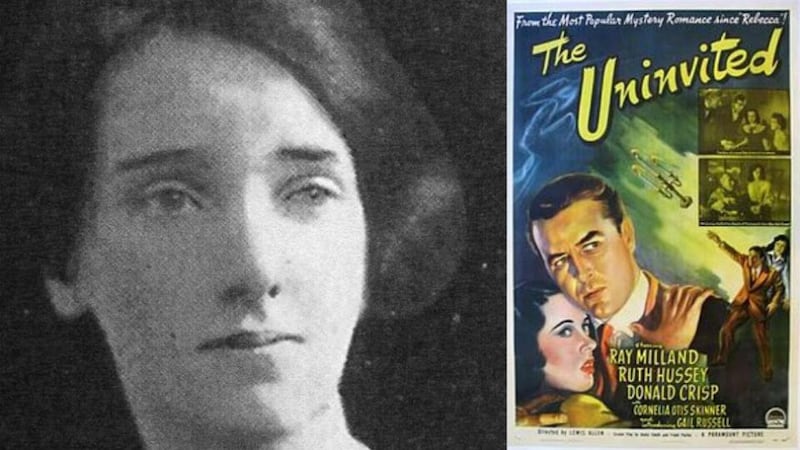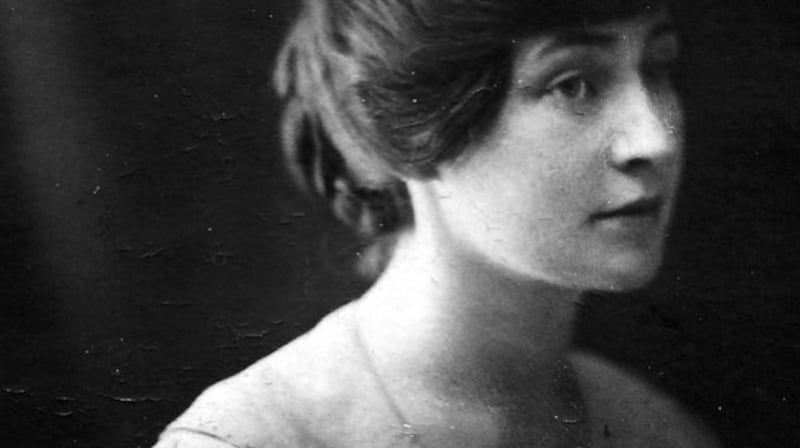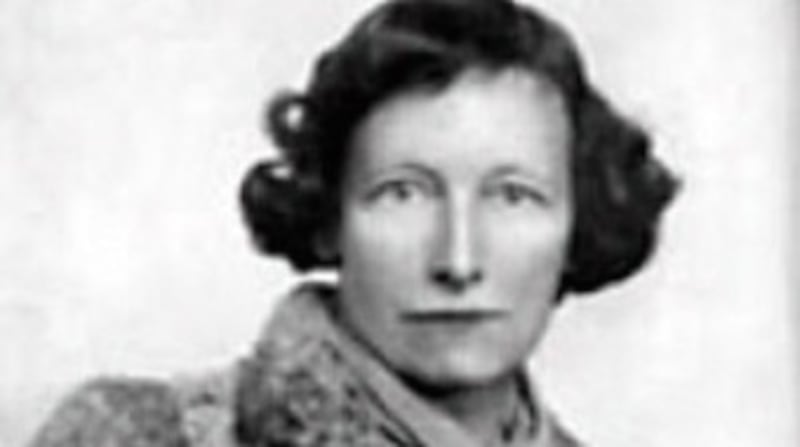On a bitingly cold January 6th in Dublin, a plaque was unveiled at the childhood home of Irish writer Maeve Brennan. Brennan set many of her Springs of Affection short stories in the same Ranelagh house. The plaque consolidated the steady rise of Brennan’s profile over the last two decades, thanks largely to Angela Bourke’s landmark biography, Homesick at The New Yorker, which turns 20 this year. There have been reissues of Brennan’s work by New Island and the Stinging Fly, and most recently by Peninsula Press in the UK, but in the preceding years, Brennan was emblematic of writers who had fallen out of view or never got their due in their lifetime. On Brennan’s death in 1993, no UK or Irish newspaper published an obituary. When Anne Enright wrote the introduction to an edition of The Springs of Affection she noted, “Maeve Brennan didn’t have to be a woman for her work to be forgotten, though it surely helped.”
“Forgotten” is a more euphemistic spin on “neglected”, even if they both essentially mean the same thing.
Brennan’s status as the forerunner of neglect applies to many women writers who were not fortunate enough to work as a staff writer at The New Yorker. A generation before Brennan – including Ethna Carberry, Sarah Grand, Dorothy Macardle, Alice Milligan, Margaret Barrington – were involved in political movements.

Dorothy Macardle, born in 1889 in Dundalk, was a prolific writer of novels, poems and plays. A committed member of Cumann na mBan, she spent time in jail (and on hunger strike) during the Irish Civil War. Much of her later work is immersed in the Gothic and supernatural, and there has been a revived interest in her writing, thanks to Tramp Press’s reissues of The Unforeseen and The Uninvited, and Earth-Bound: Nine Stories of Ireland by Swan River Press.
READ MORE

Margaret Barrington, born seven years after Macardle in Malin, Co Donegal, studied literature at Trinity College, where she won a gold medal. Similarly politically motivated, her first published work was about the treatment of the college’s female students. Throughout her life, Barrington wrote consistently about politics, but during her marriage to fellow writer Liam O’Flaherty, her output dwindled. After their separation, Barrington penned short stories, essays and criticism, and while this work survives in journals like The Bell, her in-print literary output consists of one novel, My Cousin Justin, and a book of short stories, David’s Daughter Tamar, published after her death in 1982. I’ve included two stories from this collection in anthologies I edited, The Glass Shore and The Art of the Glimpse – the latter title taken from a description of Barrington’s own work by William Trevor. Both stories are set by the sea and focus on small communities. Village Without Men is an eerie tale of a fishing village where all the men have been drowned at sea. Atmospheric, and unsettling, Barrington is a very singular voice.
All writers need champions to keep them from the hinterland of the so-called Irish canon. Editors, publishers and anthologists ultimately decide who gets published, and who gets included. A quick sweep of 20th-century Irish anthologies reveals a marked gender imbalance, and the inclusion of a recurring coterie of the same women.

Many such champions are other women, often other authors and academics. When writer Louise Kennedy discovered a story by Norah Hoult in The Long Gaze Back, she was baffled as to why she hadn’t heard of her. On further investigation, she discovered Hoult’s huge body of work – 25 novels and three story collections – so how could any writer with that kind of output be forgotten? Kennedy undertook a PhD on Hoult, and in trying to track down physical copies of her books realised, “Not only has Norah Hoult’s name been omitted from the canon; it seems her books have literally vanished.” All her life, Hoult moved peripatetically between Ireland and England. Kennedy believes that part of her invisibility is due to falling between two cultural and geographic stools. Her work was banned more times than Edna O’Brien or John McGahern, but then Hoult published a story, Nine Years is a Long Time, in the 1940s which is about sex work. Next month is the 40th anniversary of Hoult’s death at the age of 85. Two of her books Cocktail Bar (stories) and a novel, Farewell Happy Fields are published by New Island Books.
Alongside Brennan, Hoult and Barrington in The Art of the Glimpse is a writer I discovered thanks to a conference on the work of Maeve Brennan. Prof Patricia Coughlan of UCC spoke about Elizabeth Cullinan and a familiar feeling rose up. Who was this writer and why was no one talking about her? Born in 1933 in the Bronx to Irish parents, Cullinan – like Brennan – got a job at The New Yorker. Initially she typed manuscripts for John Updike and James Thurber, later becoming secretary to the editor William Maxwell. He encouraged her to write her own work (as he did with Brennan) and the magazine began publishing her short stories in 1960. From then until 1981, 20 stories appeared, often focusing on Irish-American families, matriarchs and emigration. Cullinan lived in Ireland from 1961-1963 and published two novels, House of Gold, in 1969, and A Change of Scene thirteen years later.
There are just two short-story collections: The Time of Adam (1971) and Yellow Roses (1977). Cullinan died only in 2020.

The problem of literary neglect is complex: who is being forgotten, by whom, and why. Writers can easily drift into the rear-view mirror, and yet another example of this occurred last month, when Bridget O’Connor’s short story collection After a Dance was published. As well as two story collections, screenplays and plays, O’Connor was nominated for a Bafta and Oscar for her adapted screenplay of John le Carré's Tinker Tailor Soldier Spy, written with her husband Peter Straughan. O’Connor died in 2010 aged just 49. Her stories are acerbic and surreal, and it’s past time that her work – and that of so many others – is rediscovered and reread.
Sinéad Gleeson is a writer. Her debut novel Hagstone will be published by 4th Estate next month.
- Listen to our Inside Politics Podcast for the latest analysis and chat
- Sign up for push alerts and have the best news, analysis and comment delivered directly to your phone
- Find The Irish Times on WhatsApp and stay up to date













